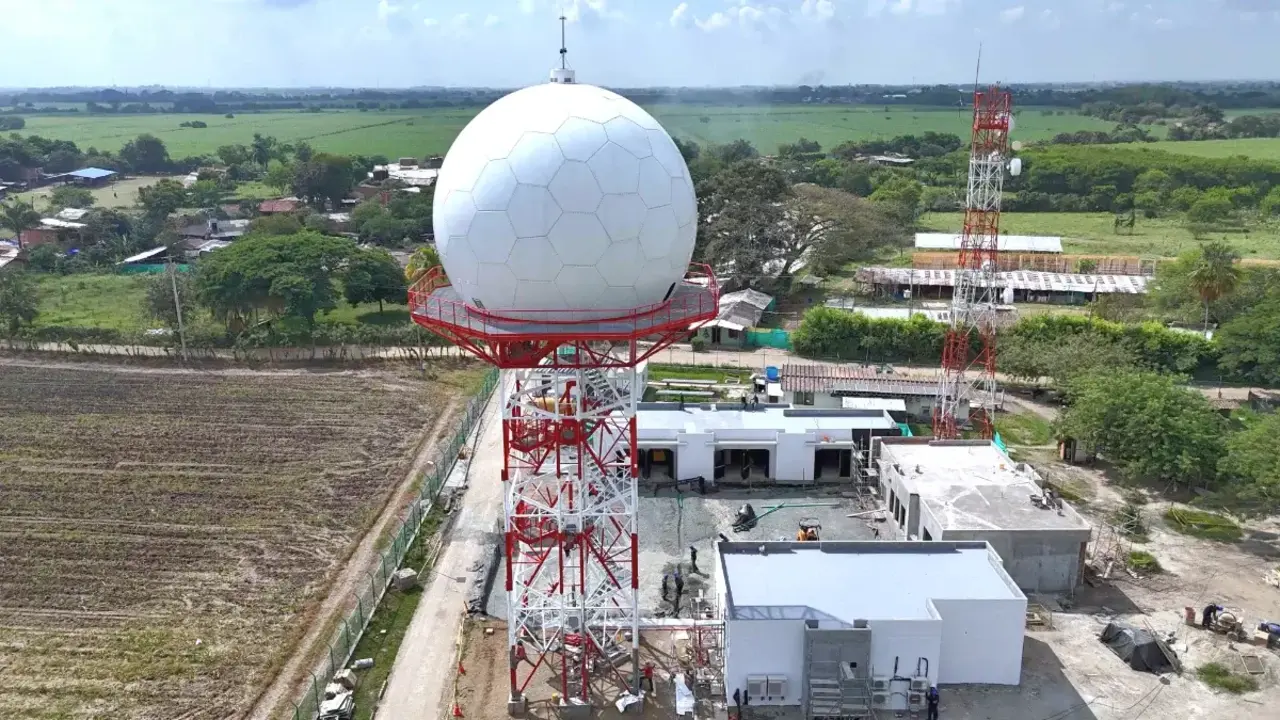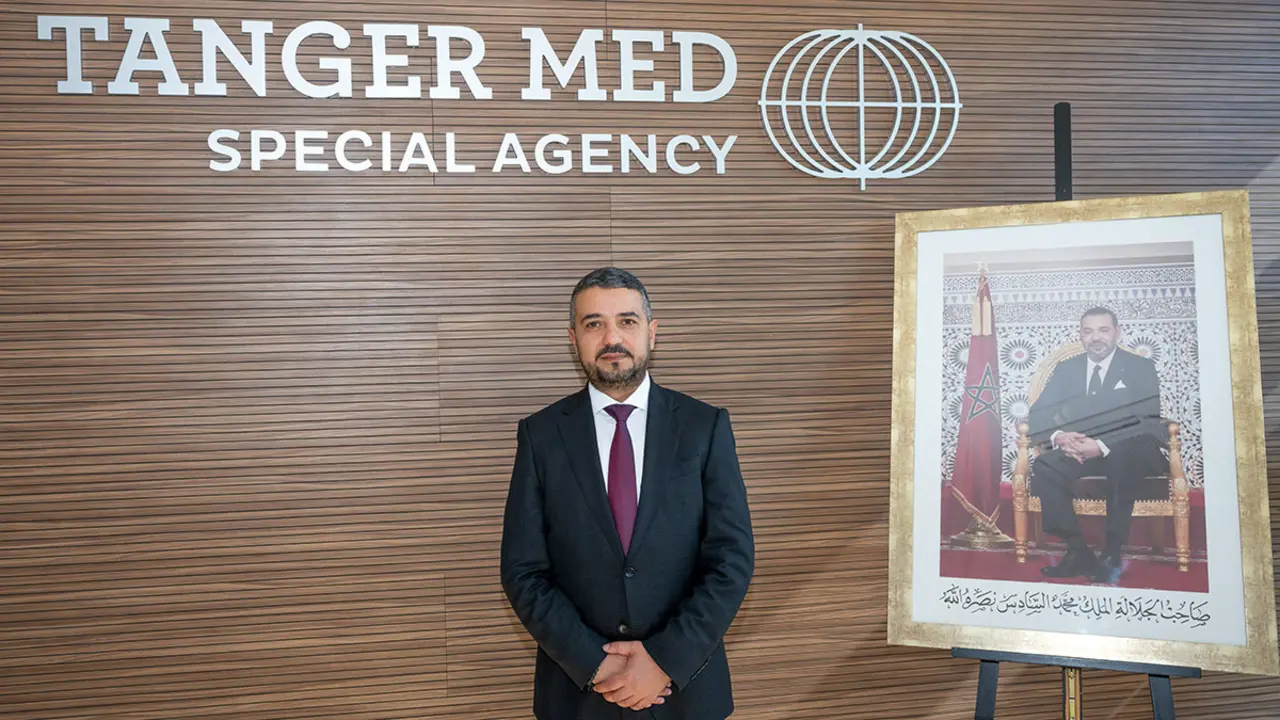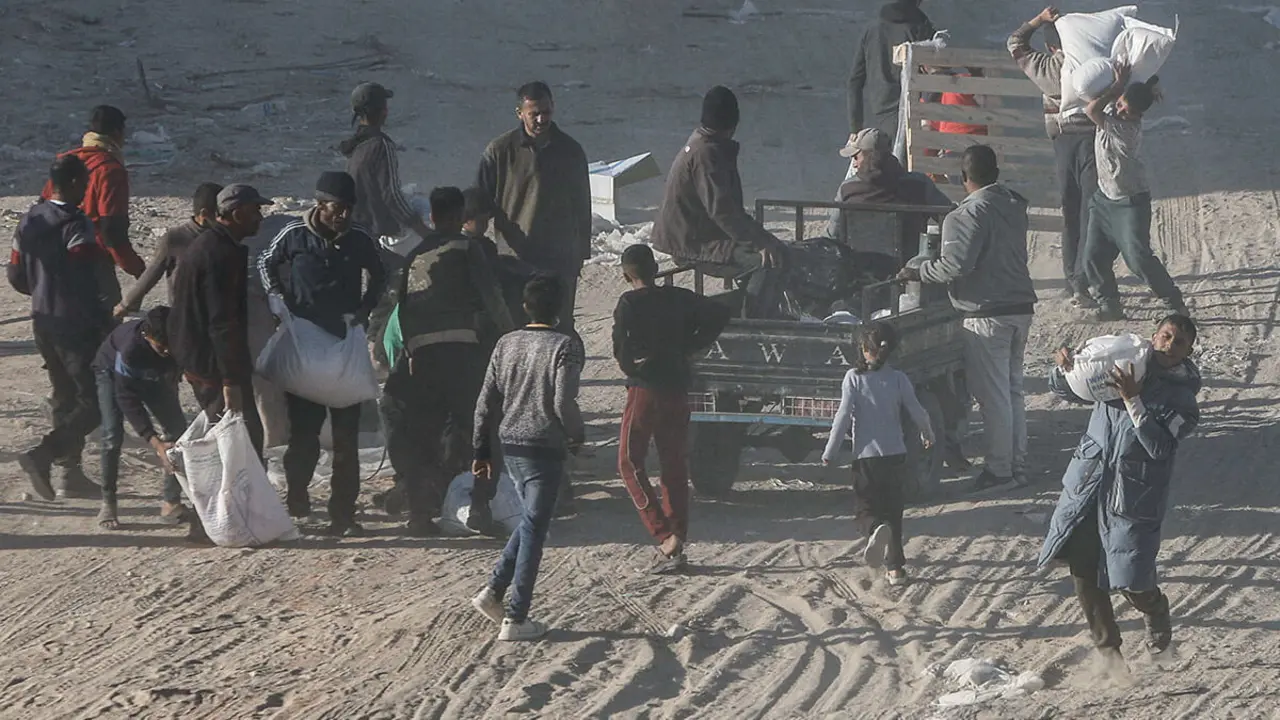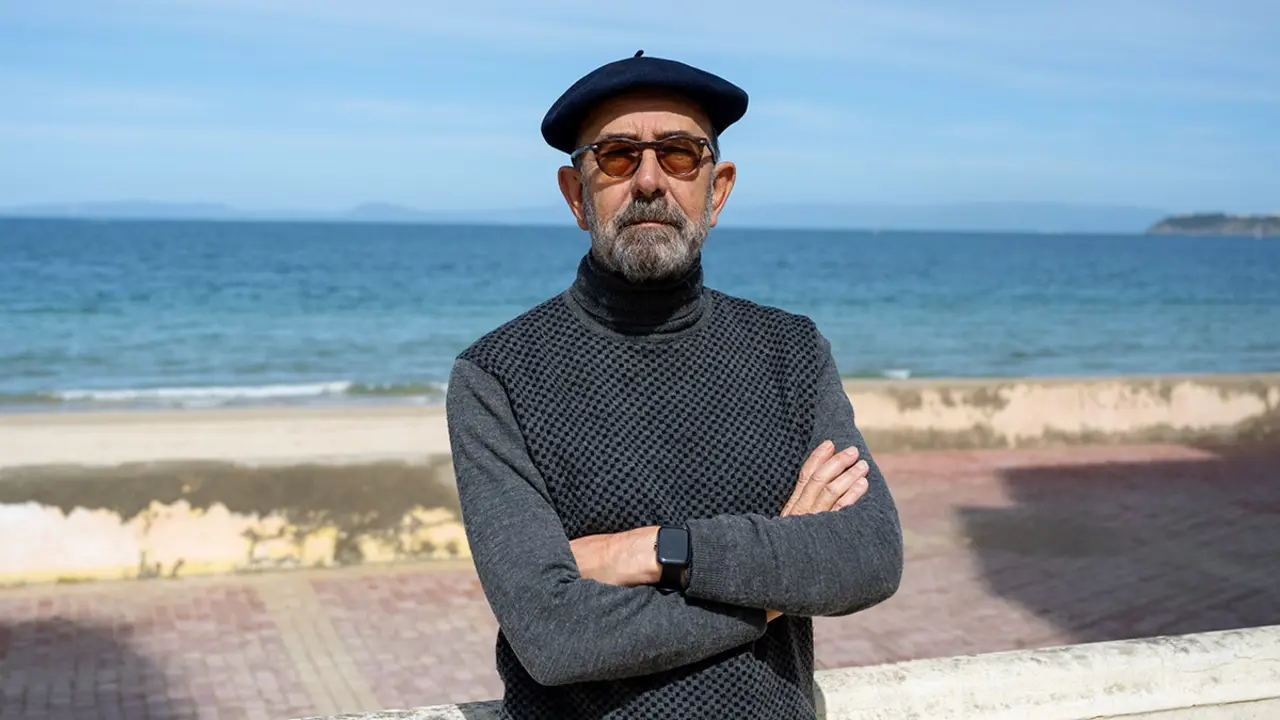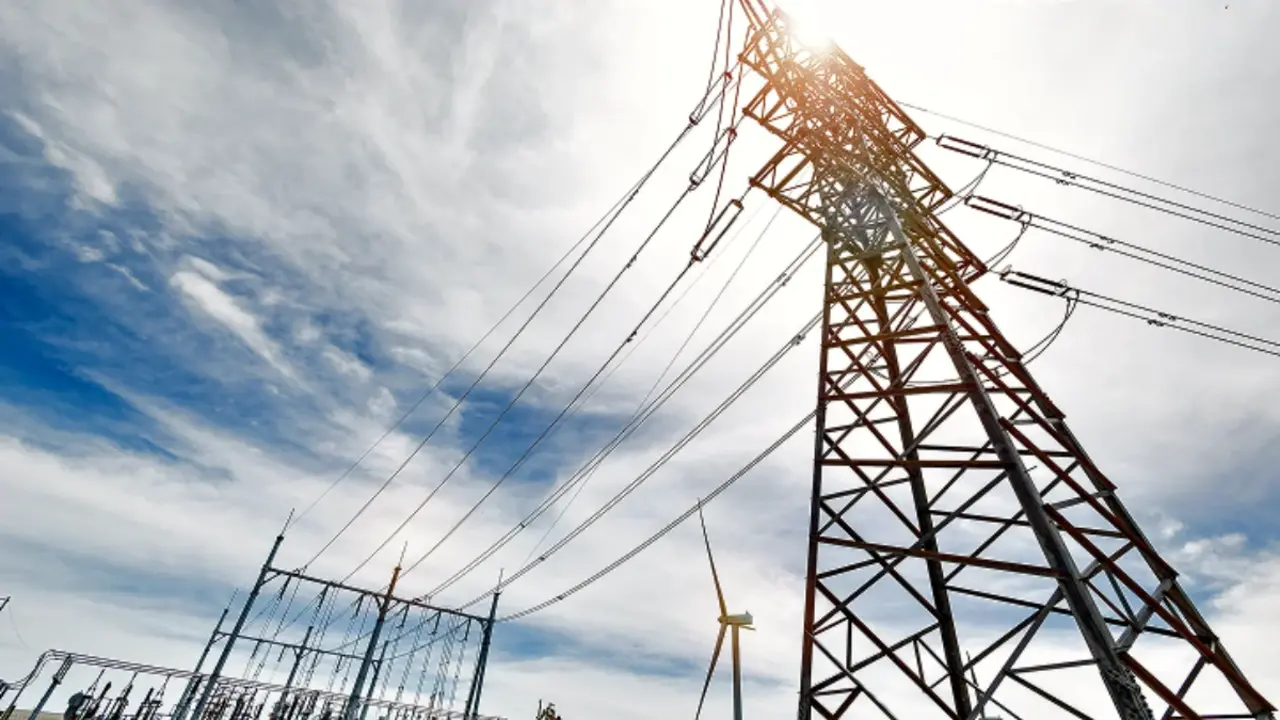Defence spending: Not just a question of numbers
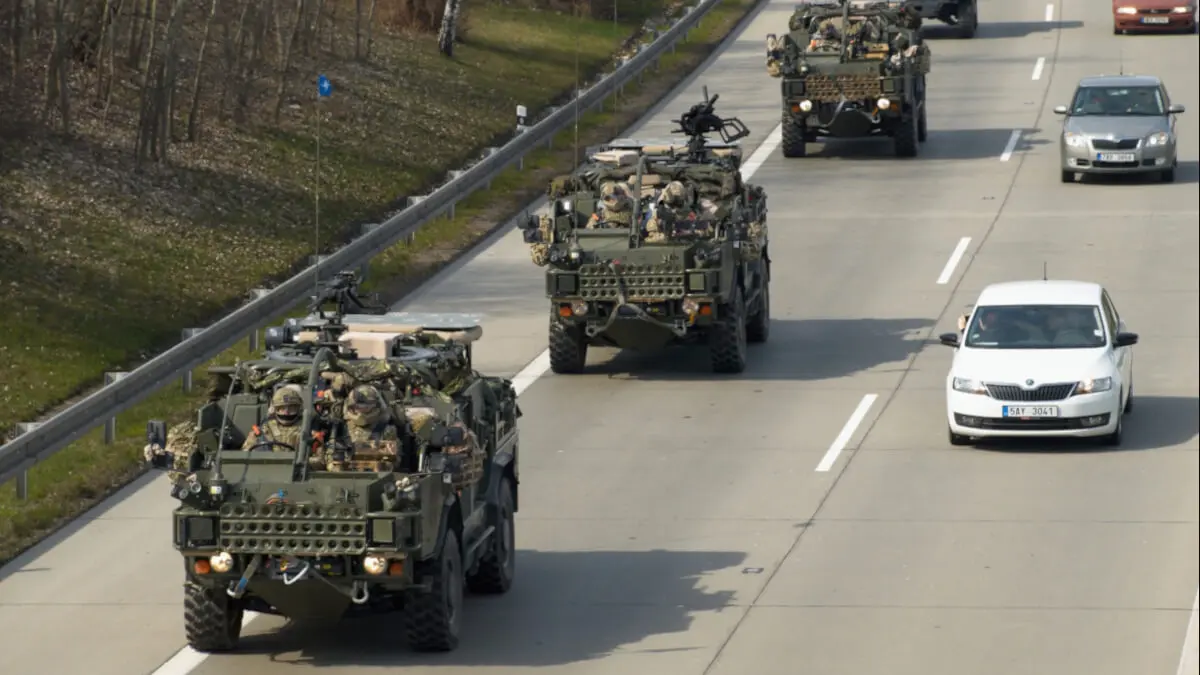
Years of involvement in low-intensity conflicts and operations against insurgent movements plunged us into a lethargy or fantasy dream in which wars, as we had known them until now, were a thing of the past.
This feeling led to a rethinking of the armed forces across the European continent, reducing their size, prioritising professionalisation and specialisation over numbers, and adapting equipment and weapons systems to the new reality.
All this led us to believe that defence ‘spending’ could be contained and moderated, especially as this new perception coincided with a period of acute economic crisis.
Even in the utopian scenario in which we found ourselves, these conclusions were wrong, because security is always expensive and even counter-insurgency or low-intensity operations require considerable resources.
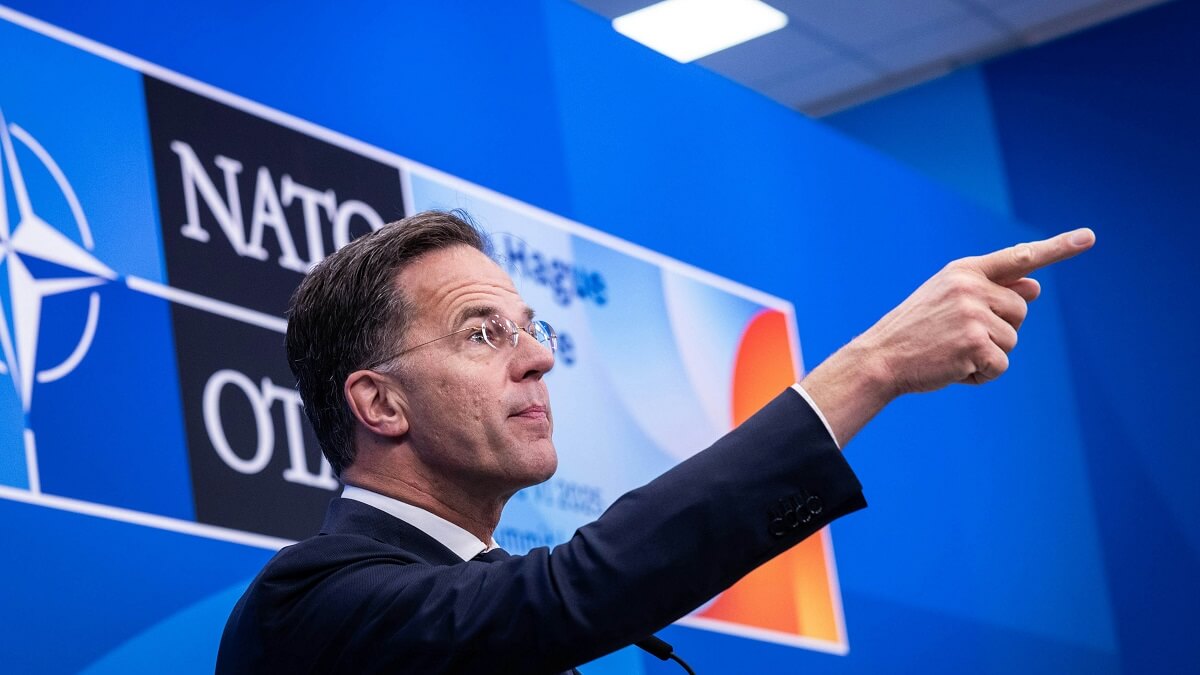
In that optimistic spiral of change, arsenals and ammunition stocks were reduced, and new and highly specific weapons systems were designed for the new threats, often equipment that was not at all versatile. It reached the point where some countries decided to dispense with capabilities such as armoured or armoured units (a clear example is the Netherlands, which sold all its tanks), certain naval units, air defence systems and even long-range support and fire systems. All of which they would miss not too long afterwards.
But just when everything seemed clear, stable and straightforward, reality struck with full force and Russia's invasion of Ukraine opened our eyes and brought us back down to earth.
Suddenly, although it had been brewing for years and despite the unmistakeable signs, many chose to deny reality and not believe what they were seeing, burying their heads in the sand like ostriches, and war broke out on our eastern border.
And that war that was looming over us was far from a low-intensity scenario. In more than one presidential office, hearts sank and fear gripped many.
The Russian war machine had been set in motion, and there was no guarantee that its intentions would stop at Ukraine. What's more, even if that were the case, any unplanned incident or simple miscalculation could drag us into a conflict for which our armies had lost fundamental capabilities.
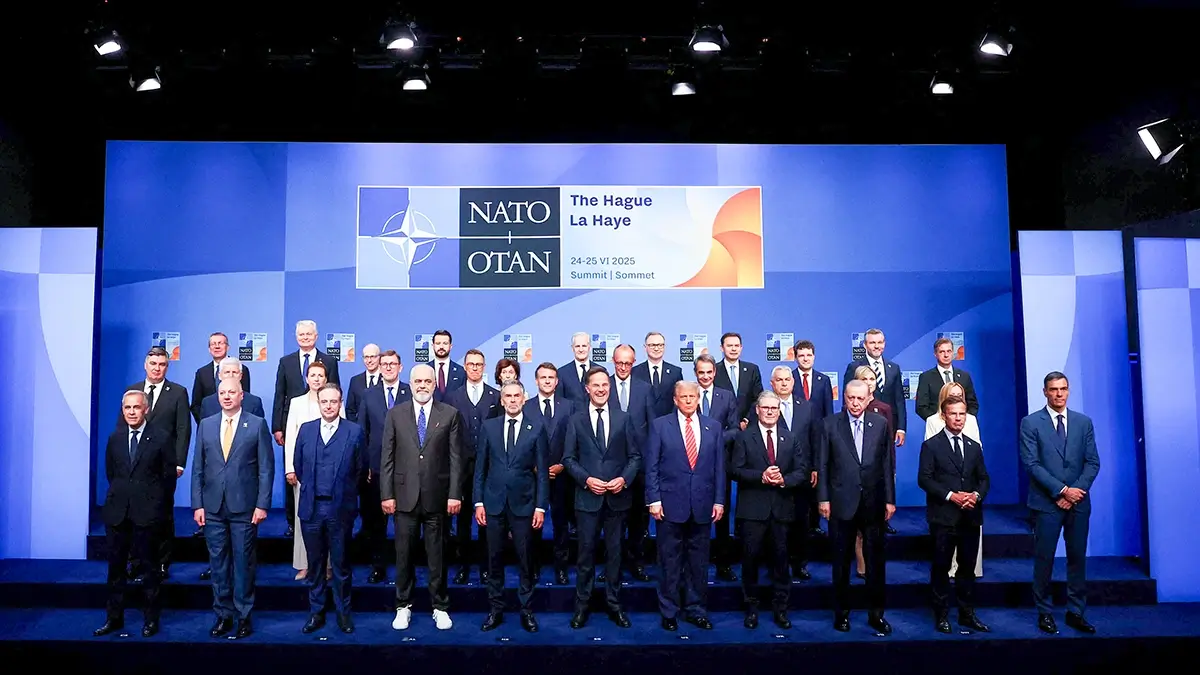
The problem and fears grew when, in response to Ukraine's call for help, we discovered that we could only provide limited assistance in relation to what they needed, at the cost of further reducing our capabilities.
The paradigm had changed. NATO had to rethink and update its defence plans. It was clear that units with real deterrent potential, i.e. sufficient combat capability, needed to be deployed, and the situation of the European armed forces, without exception, was well below what was necessary to contain the new threat.
Three and a half years of war in Ukraine have shown us that COIN operations are the exception rather than the rule, and that armed forces designed and equipped for high-intensity operations can adapt quickly and easily to an asymmetric or irregular warfare scenario. However, the opposite is not possible.
Everything explained so far helps us understand the genesis of the Atlantic Alliance's expressed need for member countries to increase their defence budgets.
It is true that before the war began, an agreement was signed whereby member countries that did not reach the minimum of 2% committed to doing so within a few years. But now we risk making the same mistake as then. The fact is that this debate is being approached in the wrong way.
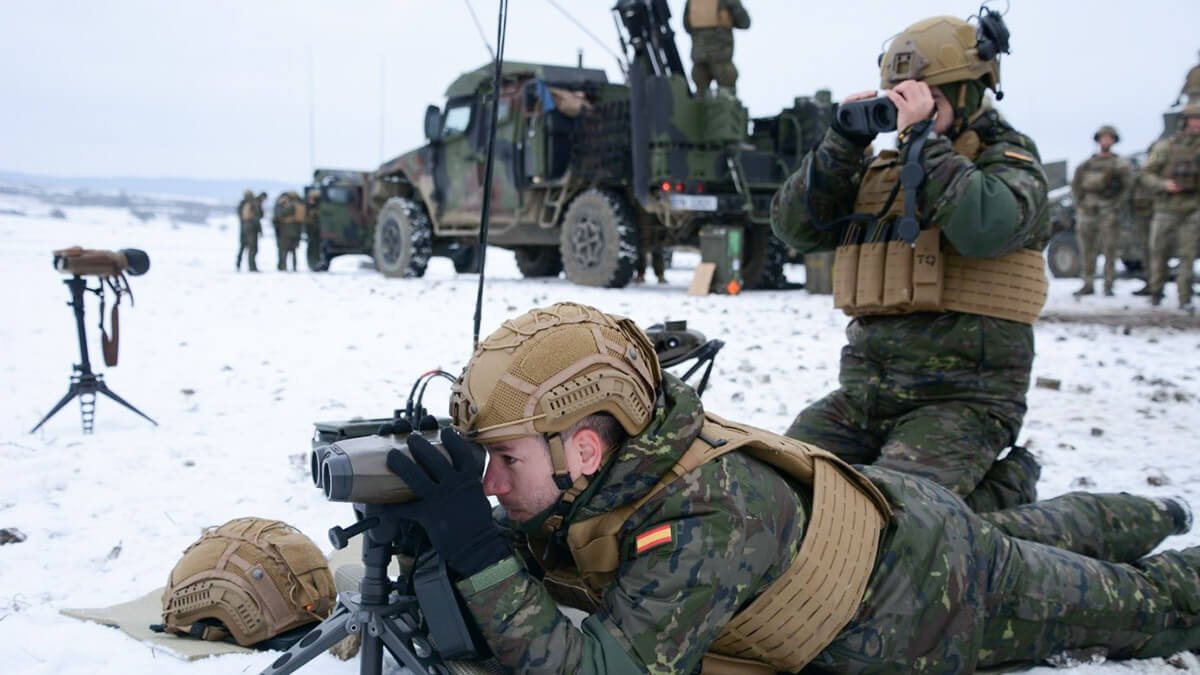
The restructuring of defence parameters cannot be done by directly increasing the budget allocated to defence. Nor can it be done by directly setting a fixed percentage.
The first step should be to define what we want our armed forces to do. Do we want to defend or protect our interests anywhere in the world? Do we want to be able to project armed force 200 kilometres away? Do we want to be able to protect the maritime communication lines on which our economy depends at strategic points such as the Gulf of Aden, Suez or the Horn of Africa? Or perhaps our aim is simply to have the capacity to defend our territory. We can and should ask ourselves dozens of similar questions, and once we have the answers, it will be the turn of the technical experts in the field. They will be the ones to identify what capabilities are necessary to meet the defined requirements.
Then, and only then, will we be in a position to estimate the cost of achieving and sustaining those capabilities. And that will most likely be the moment of surprises, as it will be when numbers and percentages are put on the table. Only then will we know whether we need 1%, 3% or 10% of GDP to pay for them. Obviously, only at that point will it be possible to debate and decide whether our aspirations are realistic and achievable.
Insisting on designing Armed Forces based on our cheque book is a huge mistake that can only lead to frustration or self-deception. We must be consistent with our aspirations and decisions.


